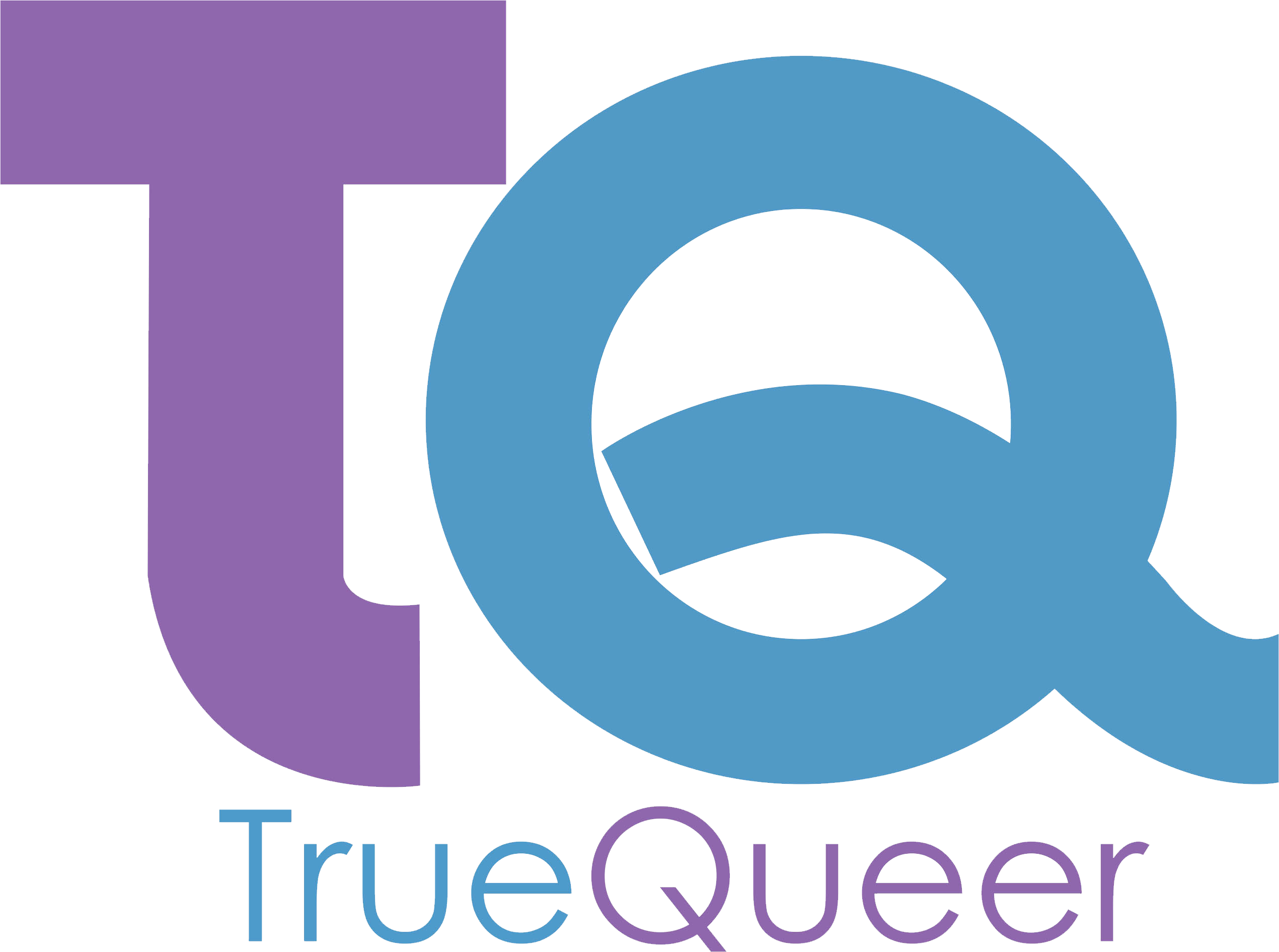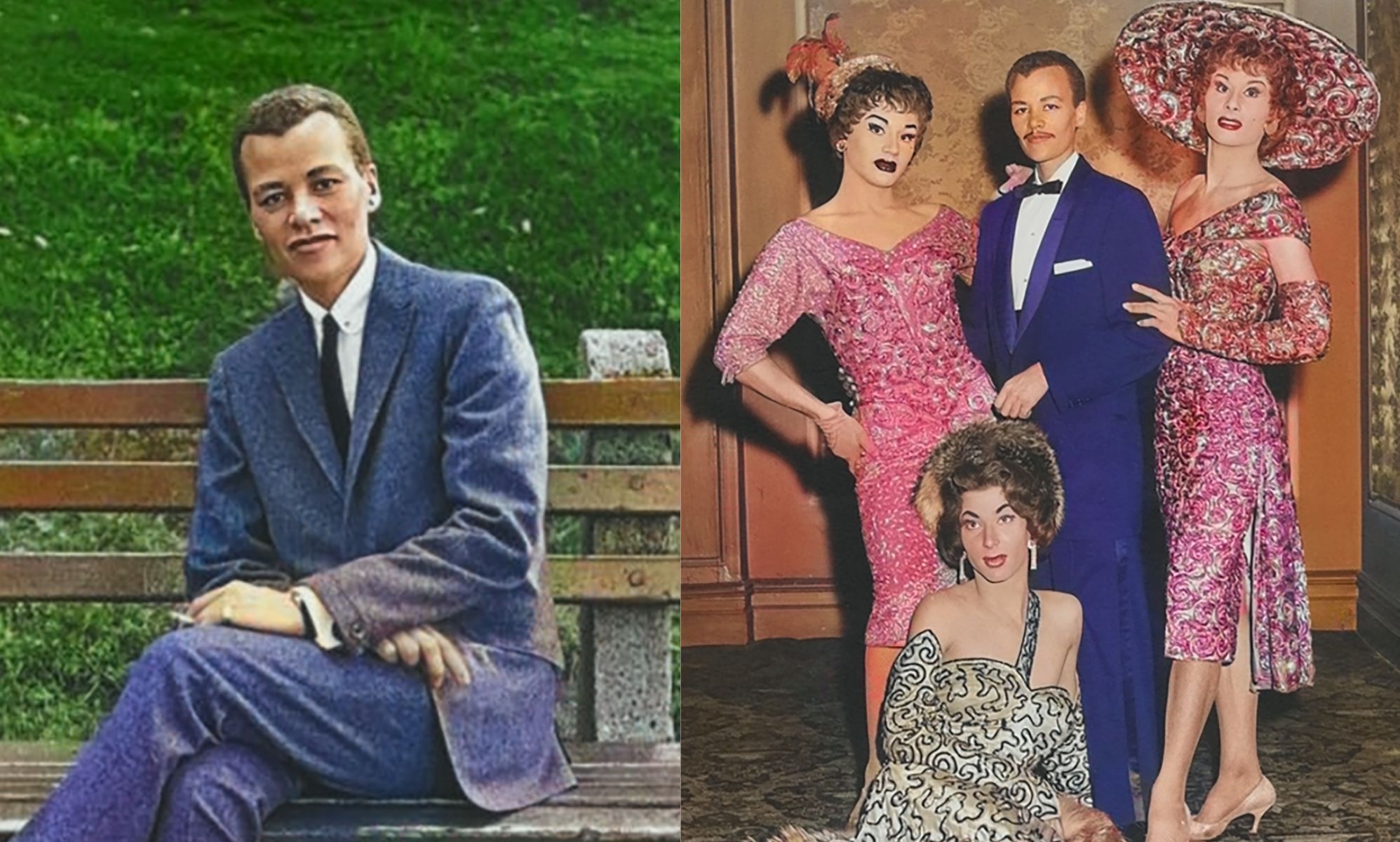Trans+ History Week: Trans people have always been here – and these incredible photos prove it
Sign up for more LGBTQ+ news and updates at TrueQueer.
The inaugural Trans+ History Week has kicked off, shedding light on the fact that trans individuals have always existed, contrary to mainstream narratives. Marty Davies, the founder of Trans+ History Week, is determined to ensure that the stories of trans people throughout history are not erased or overlooked.
One of the key figures leading the charge in preserving trans history is Eli Erlick, a writer, activist, and academic. Erlick has taken on the task of curating and sharing vibrant full-color photos showcasing trans individuals from various time periods. Her journey began with her own experience as a trans woman who came out in 2003, challenging the notion that trans identities are a recent phenomenon.
Frustrated by the erasure of trans history and the perpetuation of anti-trans narratives, Erlick embarked on a project to create a history book that highlights underreported trans stories from 1850 to 1950. She aims to make this history accessible and understandable to a wider audience, countering the deliberate withholding of trans history by various entities.
Through her work, Erlick has uncovered compelling stories, such as that of a Black trans woman who was freed from slavery and became one of the earliest cases of a trans person being officially recognized by the government. She also colorizes historical black and white images to bring these stories closer to viewers and challenge the perception that trans history is a recent development.
Among the images Erlick has shared are those of the Stonewall Rioters, showcasing the diverse group of individuals who led the uprising, including Stormé DeLarverie, a Black butch lesbian and drag king. She has also highlighted figures like world champion athlete Mark Weston, who transitioned in 1936, and Christine Jorgensen, the first widely known trans person in the US to undergo gender-affirmation surgery.
Erlick’s work underscores the significant contributions of queer and trans people of color throughout history, who have often been marginalized or overlooked in traditional historical narratives. By colorizing and enhancing these images, she aims to challenge ingrained biases in photography that have historically erased darker skin tones and marginalized diverse identities.
In her research, Erlick has found that trans individuals were often treated relatively well in the 19th and 20th centuries, compared to the current demonization and targeting of trans communities. She emphasizes the importance of showcasing these historical narratives to counter myths about the newness of trans identities and highlight the resilience and existence of trans people throughout history.
Erlick’s efforts serve as a powerful reminder that trans people have always been a part of society and will continue to thrive despite ongoing challenges and discrimination. By amplifying these stories through visual representation, she hopes to combat erasure and celebrate the rich history of trans individuals across time periods.
In conclusion, Trans+ History Week and initiatives like Eli Erlick’s work are crucial in preserving and honoring the diverse experiences of trans individuals throughout history. By challenging misconceptions and highlighting untold stories, these efforts contribute to a more inclusive and accurate understanding of trans history.
Follow us on: Facebook for more LGBTQ+ news and updates at TrueQueer.
Trans+ History Week
![]()

